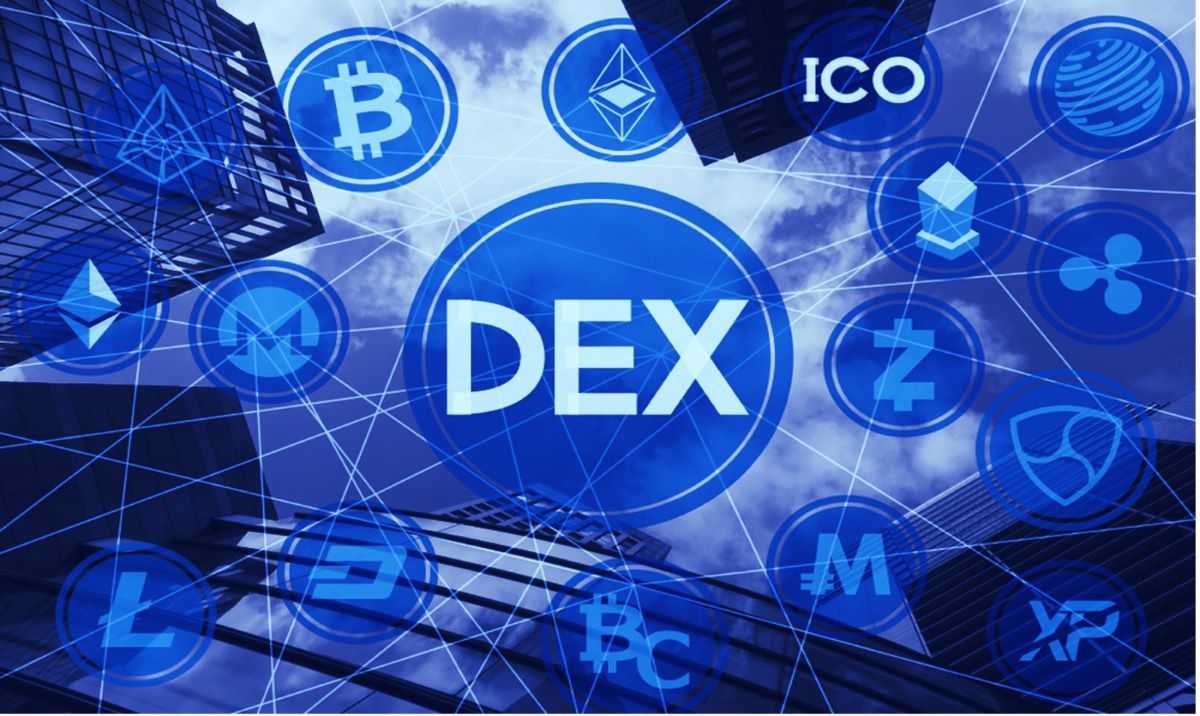A limit order is an offer to buy or sell any tradeable financial asset at a specified price significantly or negligibly better than the current market price or value. A limit order is an improvisation of the structure of contracts. In limit orders, until the price set by the trader is reached, the trade is voided.
In moments of extreme volatility, especially in systems with zero deleveraging to protect traders’ funds, limit orders are helpful and protect traders against the harmful effects of high spreads. Since the spread is the trader’s albatross by default, every trading platform like the decentralized exchange incorporates limit orders for automated trading.
Over the years, there has been a rising popularity of decentralized exchanges and trading has remarkably improved with the full deployment of limit orders. There are so many advantages of limit orders, but the focus is evaluating how they work in decentralized exchanges ( the mainstay of trading cryptocurrencies and crypto assets).
In the market, limit orders can are classified into buy and sell orders. In an Ethereum DEX, it is the same. There are four main types:
Buy-Stop: A buy-stop order is an order to enter a trade at a higher price. This type of limit order sets the trade up to take advantage of the increase in market price. Here, the seller buys at a price that is above the current market price, taking advantage of the price momentum. The drawback to this is the event of fakeouts. The price can revert lower after executing the buy-stop command.
Buy Limit: The buy limit is the direct opposite of the buy-stop order. In the buy limit, an order is made to purchase an asset below a specific price, or the market price. While it is not a guarantee that the order will be filled or the price will go lower, the trader or investor takes a calculated bet that the price may be filled at a lower price, paying lesser in the process.
Sell-Stop: A sell-stop order is the flipside of the buy-stop order. In sell-stop orders, there is a pre-determined price and an instruction to sell below the current market price. Like the buy-stop order, it is to take advantage of momentum, especially in high-frequency trading, and curb the effect of slippage.
Sell Limit: Sell high and buy low is the ground norm for trading. In sell limit orders, an asset is sold at a higher price. In a bidding situation, it is usually the highest price for an asset to be sold. Typically, the seller is selling at a premium unlike in the sell stop where he is hoping to take advantage of the momentum in a highly volatile market.
How do you set a limit order on a DEX?
First, when you visit a DEX like Integral SIZE, you have to connect your wallet (seen in the upper right side of the website or extension) and choose the type of wallet like Metamask.
Next, you check on the search bar to select the token. For example, if you want to exchange some units of ETH for $USDC, you can search for ETH or any other native token.
There are two options for execution on the interface – the market and limit order. Users can also set the limit order with other built-in features like the maximum slippage in percentage.
The gas fee for the transaction is selected from some of the options available. From fast gas prices to slow and custom-built gas prices. The user can also select the exchanges which the transaction should be routed through.
How do you use limit orders effectively?
While the limit orders prevent extreme losses and can also hurt your chances of making gains from trading, it is helpful to use them wisely and in compliance with your trading strategies at the time to avoid losing out in the long run.
One of the few ways of using limit orders effectively is to set the limit order outside the daily price swings. There are custom indicators like the daily average true range (ATR). The ATR gives an idea of the average level of volatility of any traded asset. It is necessary to incorporate this tool in the setting of limit orders to forecast price swings and prevent episodes of whiplash in cases of extreme volatility.
Other internal mechanisms are incorporated to make limit orders more effective. The use of stop losses and expiration of limit orders. For stop loss orders, an activated limit order can see price reversion unexpectedly. Here the stop loss is to make sure the trade is null as soon as a threshold of loss is exceeded. Also, if the price fluctuates around a point without executing the limit order, it can be deleted after a given period. Say one month or even 24 hours for day traders.
Can a limit order Fail?
Limit orders are helpful for trading and interacting with exchanges, but are not failsafe. It is necessary to know that the most common failure of limit orders is market-related. A limit order can fail as it will not certainly execute. It is simple. If the price fails to reach the limit-order point, the order will not execute. Traders should be realistic when using limit orders to curb this effectively because although limit orders control trade execution, they can result in missed opportunities in the market.

